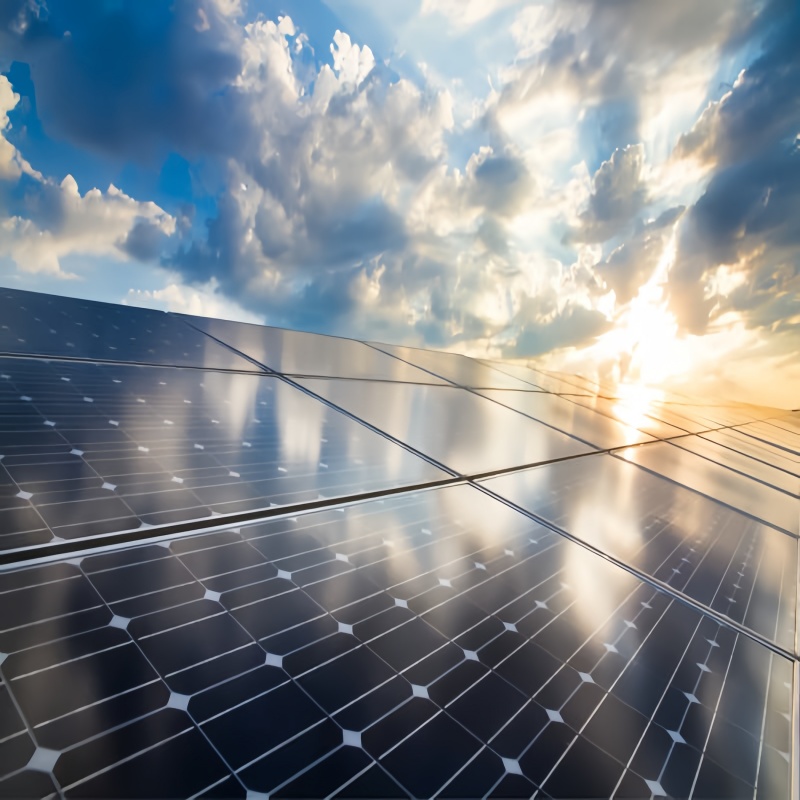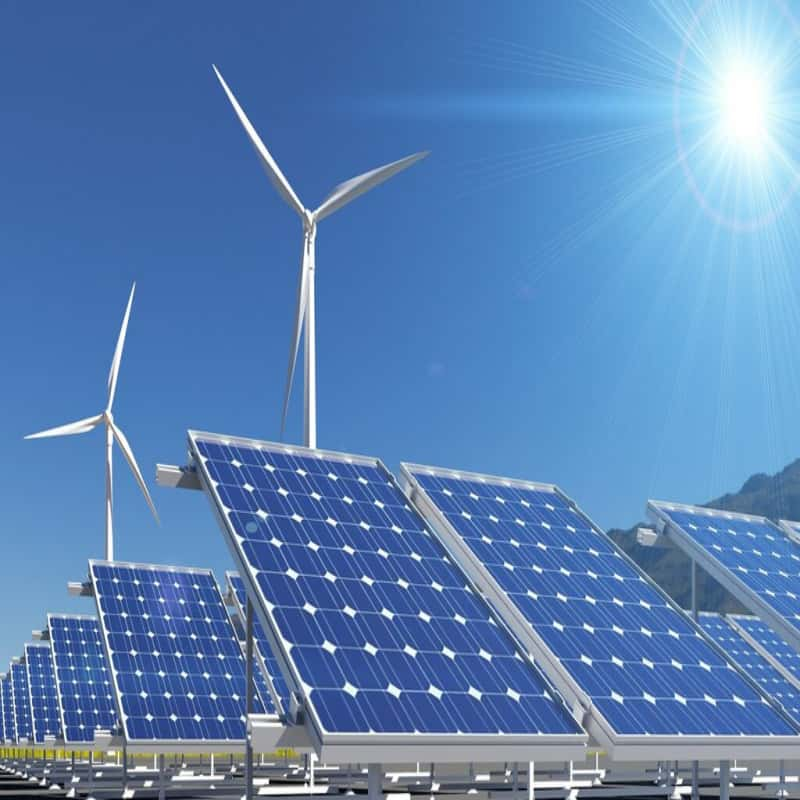The global shift toward renewable energy has accelerated the development and application of solar photovoltaic power generation. The key components of a solar energy system include solar panels and solar racks, which play a vital role in utilizing solar energy efficiently. This article explores the importance of these components in the wider context of solar power generation.
Solar panels, also known as photovoltaic modules, are the heart of any solar energy system. They convert sunlight directly into electricity via the photovoltaic effect. Solar panels have become significantly more efficient over the years, with technological advances resulting in higher energy conversion rates and lower costs. Modern solar panels are designed to be more durable and efficient, suitable for a variety of applications from residential rooftops to large solar farms.
The applications of solar panels are varied. In the residential setting, more and more homeowners are adopting solar energy systems to reduce their electricity bills and reduce their carbon footprint. Commercial buildings also utilize solar panels to enhance sustainability and reduce operating costs. Additionally, solar panels are being deployed in remote areas with limited grid access, providing communities and businesses with a reliable source of electricity.
However, the efficiency of solar panels depends largely on their mounting, and this is where solar racking comes into play. Solar racks are important mounting systems that secure solar panels to rooftops, the ground, or other structures. They ensure that solar panels are installed at the optimal angle to maximize sunlight absorption and thus maximize electricity generation. The design and materials of solar racks are critical as they must be able to withstand a variety of environmental conditions, including wind, rain and snow.
As solar panel technology has advanced, so have solar racks. Innovations such as adjustable brackets provide increased installation flexibility to accommodate different roof types and orientations. In addition, the use of lightweight and corrosion-resistant materials also improves the durability and service life of the solar racking system. This development is crucial as it enables the growing demand for solar energy solutions across a wide range of industries.
As the solar industry continues to grow, the integration of solar panels and racks is becoming increasingly complex. Smart mounting systems are being developed that integrate tracking technology, allowing solar panels to follow the sun’s path throughout the day. This technology can significantly enhance energy capture capabilities, thereby improving overall efficiency and output power.
In addition, the environmental benefits of solar photovoltaic power generation cannot be underestimated. By utilizing solar panels and mountings, we can reduce our reliance on fossil fuels, reduce greenhouse gas emissions, and promote sustainable energy practices. Governments and organizations around the world are recognizing the importance of solar energy in combating climate change, resulting in increased investments and incentives for solar projects.
In summary, the application and development of solar photovoltaic power generation is closely related to the progress of solar panels and solar brackets. As the technology continues to develop, these components will play a key role in increasing the efficiency and accessibility of solar energy. The future of solar power is bright, with the potential to transform the energy landscape and make a significant contribution to sustainable development. Embracing these innovations is critical to fully harnessing the potential of solar energy and addressing the pressing challenges of climate change.
→ For all products,services and up to date information,please contact us.
Post time: Apr-09-2025


